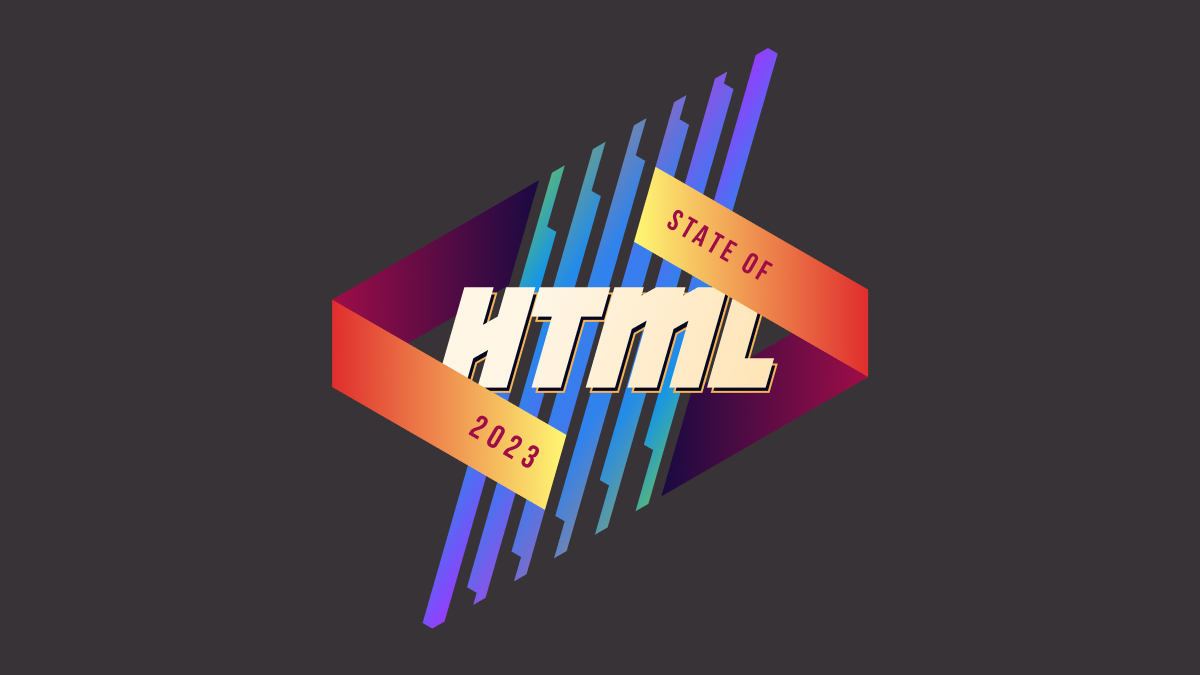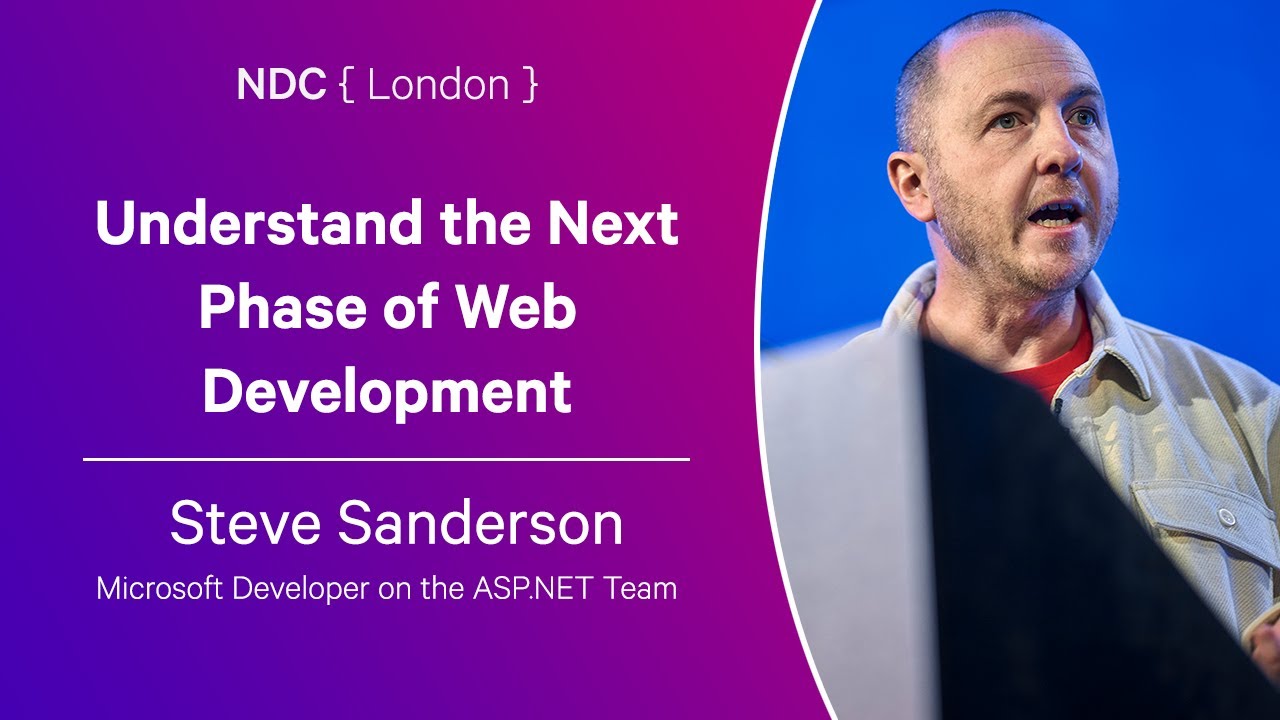Cities are centuries older than cars though. Cars are the new thing. And yet it’s true that cars are an obvious QoL improvement for anyone in a rural area, and no reasonable person is suggesting that people in rural areas shouldn’t drive cars.
The real issue is that Americans (among others) have decided they want all the convenience and amenities of living in a city (sewer, water, energy, convenient access to most goods and services, etc.), but they want to pretend they live in a rural area, with no density whatsoever. This has resulted in the suburban sprawl that is financially ruinous and requires cars to be able to go anywhere and do anything, which creates traffic, which we solve by building bigger roads and pushing things farther apart, creating more traffic.
Thus, the answer really is that if you want city amenities, you need to live in a city. It doesn’t have to be as dense as New York. Not Just Bikes just posted a great video about the smallish town of Bergen in Norway that is not a super dense urban hellscape, it is medium density with human-centric development.










I agree, except that we are legally not allowed to control the software on our phones in lots of cases. Notifications, ads, upgrades, etc. are all controlled by the manufacturer and it’s illegal to override their software on the device you own.
Add to that that specific pieces of software are becoming increasingly necessary to function in society, and you start to see that it’s not really a matter of individual choice, anymore than people shopping at walmart can be blamed for buying processed, sugary foods when that’s 90% of what walmart stocks (And all they promote), and walmart is the only affordable option in their community.